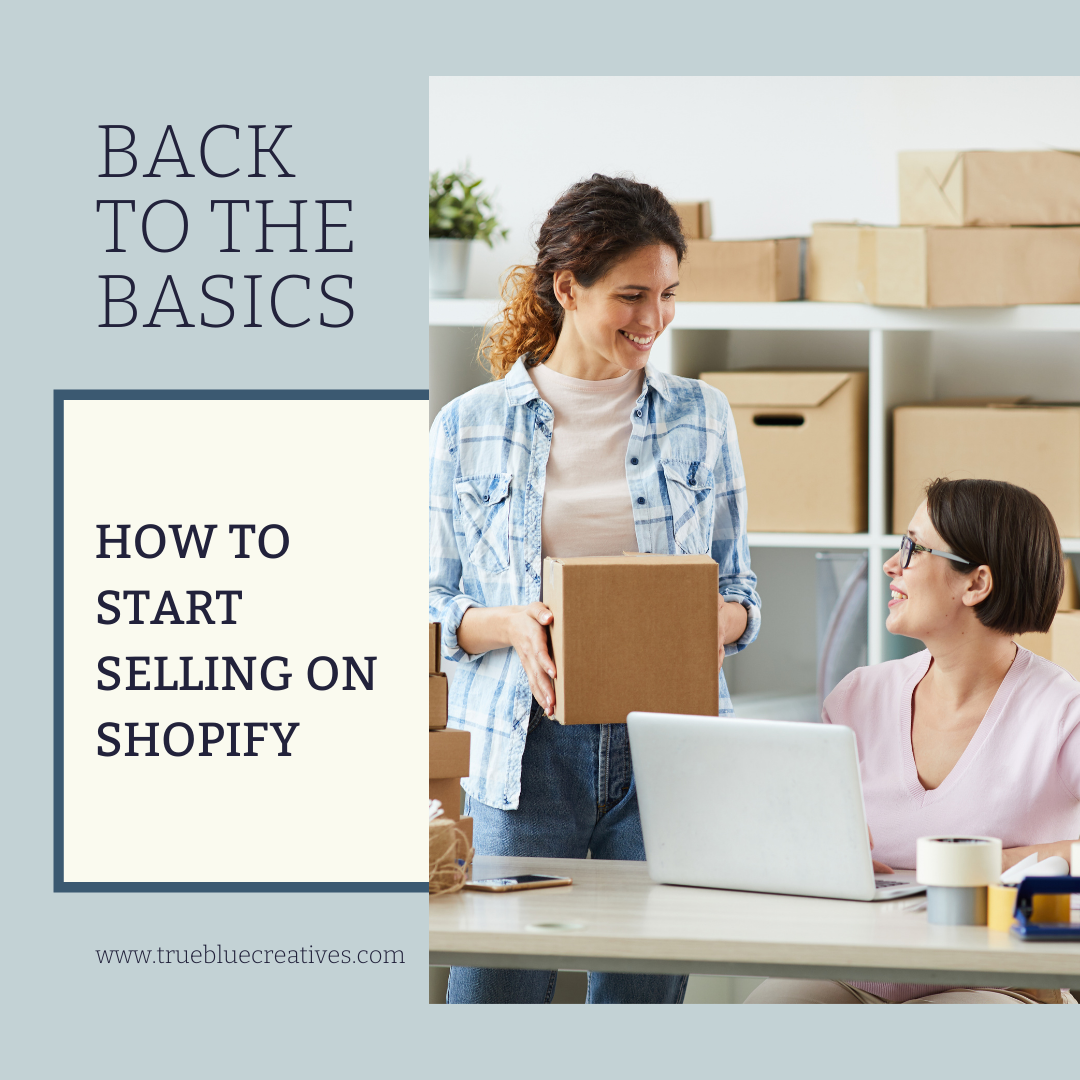In 2020, we saw a huge push towards e-commerce. With restaurants and small businesses forced to shut their doors, online stores became the obvious solution. One thing quickly became clear, if your small business is not online, you’re falling behind.
Many small businesses turned to Shopify for their online store. Shopify is an e-commerce platform that allows business owners to create beautiful sites with their drag-and-drop builder, giving their customers the option to shop their favorite products from the comfort of their own house. Unfortunately, having a simple, easy-to-use website doesn’t guarantee sales. You still need to get customers to your site and convince them to purchase your products.
If you’re just getting started on Shopify or you’re looking for ways to boost your sales, this blog is for you. We’re going to walk through the very basics of Shopify and learn ways to boost your traffic and sales. If you’d like to learn more, join our mailing list to be notified when we launch our full Shopify course.
Getting Started
There are basically two ways to get started on Shopify: building out the site yourself or hiring a developer. The nice thing about Shopify is that it is fairly intuitive to use, so you don’t need to hire a developer to build out a site. I would recommend taking the DIY approach if:
- You have a limited budget.
- You need a very simple site.
- You have very few products.
- You’re a first-time business owner.
As long as you’re satisfied with a fairly simple-looking site, it should be something within your capabilities.
On the other hand, if you’re looking to build a beautifully branded site with a unique design, you’ll want to hire a developer. You might also consider hiring a developer if:
- You have a higher budget to invest into your business.
- You want a complex design or unique features.
- You have many products with different variations.
- You’re an established business who is looking to upgrade their site.
One thing to keep in mind, if you build your site with a Shopify Partner (hi, that’s us), you’re able to avoid paying the monthly subscription fee until the site is ready to launch. Not only that, but you’re supporting their small business through the referral fee they recieve for every sign-up. It’s a win-win!
Selling on Shopify
Now that your site is up and running, it’s time to get customers to find your store and spend their money. The first step is Search Engine Optimization. For each of your products, think of keywords people may search when looking for your product. Be sure to include these keywords in your product title, description, and meta description. You’ll want to complete SEO for all of the following pages on your site:
- Overall Site (Homepage)
- Individual Pages
- Collections
- Product Listings
- Blog Posts
You can learn more about SEO and to increase your organic traffic in our upcoming SEO blog. Stay tuned!
Shopify Apps
Once people are to your site, you need to turn them into paying customers. Luckily, Shopify’s app store has thousands of apps to help increase your conversion rate and push your products to potential customers. When setting up your Shopify store, be sure to include each of the following.
Live Chat
The longer your customer stays on your site, the more likely they are to purchase. That’s why it’s super important to keep them engaged. One of the best ways to do that? Adding a live chat feature. This gives customers the ability to ask questions while they shop, providing them with answers right away and therefore limiting the delay of their purchase.
Without a live chat button, customers would have to go through the trouble of either calling or emailing your business with any questions they have prior to purchasing. Many customers will leave and find another buyer before going through that hassle. Even if they do decide to go through the process of contacting you, the longer you take to respond to them, the less likely they are to make a purchase.
Our recommendation: Shopify Chat
Social Proof
As much as we all like to believe that we’re individuals who think for ourselves, the reality is that most of us will lead where others follow. This is why it’s so important to create social proof for your products. If potential customers see that other people are buying your products or see positive reviews, they are more likely to purchase.
Our recommendation: Sales Pop-Up Conversion Pro
Product Bundling
Sometimes people don’t know what they need (or want) until you tell them. That’s where product bundling comes in. You know how when you’re shopping on Amazon and at the bottom of the product description it says, “People who viewed this item also bought” and then lists three products that work well with the product you originally viewed?
For example, if you’re looking at a camera tripod, Amazon will show a list of recommended products that might include a ring light, backdrop, and camera lens.
If you have products that just make sense to be sold together, you should definitely use a product bundling app to increase sales.
Our recommendation: In Cart Upsell
Shipping
The key to returning customers is keeping them happy after their first purchase. Having good shipping processes in place can help prevent delayed shipments, incorrect orders, or lost packages. Manage your orders, print shipping labels, and add tracking numbers all from one place. Not only that, but many shipping apps can also offer you a huge discount on shipping.
Our recommendation: Pirate Ship
Like I mentioned earlier, Shopify has thousands of apps that add functionality to your store. Take the time to explore the different apps and add any that might benefit your business.
Social + Shopify
One of my favorite things about Shopify is its direct integration with most social media platforms. You can easily connect your store to Facebook, Instagram, or Pinterest to promote your products and tag them directly in your posts. You can also set it up so people can buy directly from your social media profiles.
Like I said, this blog is only getting into the very basics of Shopify. I could go on for ages about all the different ways to market your Shopify store on social media. However, if I am able to stress one thing, it’s this: Do not forget to install your pixels!
Each social media platform has a unique piece of code that you can install on your site. This code keeps track of your customers and how they found your site. It also keeps track of their activity on both your social media pages and your website. Pixels can provide you with all of the following information and more:
- Customer’s engagement with your social media posts
- How many times the customer visited your site
- If the customer made a purchase
- How much the customer has spent on your site
- If the customer found your site organically or through a paid ad
You can also use the pixel to create carefully targeted ads that target users by their activity with your website or social media page.
Final Thoughts
Shopify is a very powerful platform that you can use to grow your business. However, it takes a lot more than building a beautiful site. You need to be sure that your site is optimized for sales and that you use social media to promote your site.



